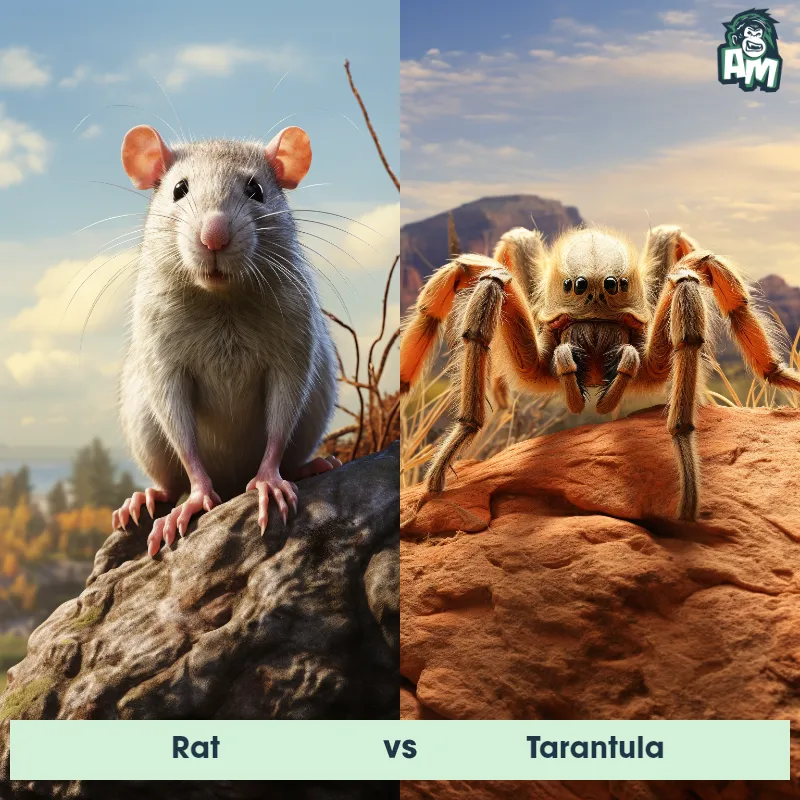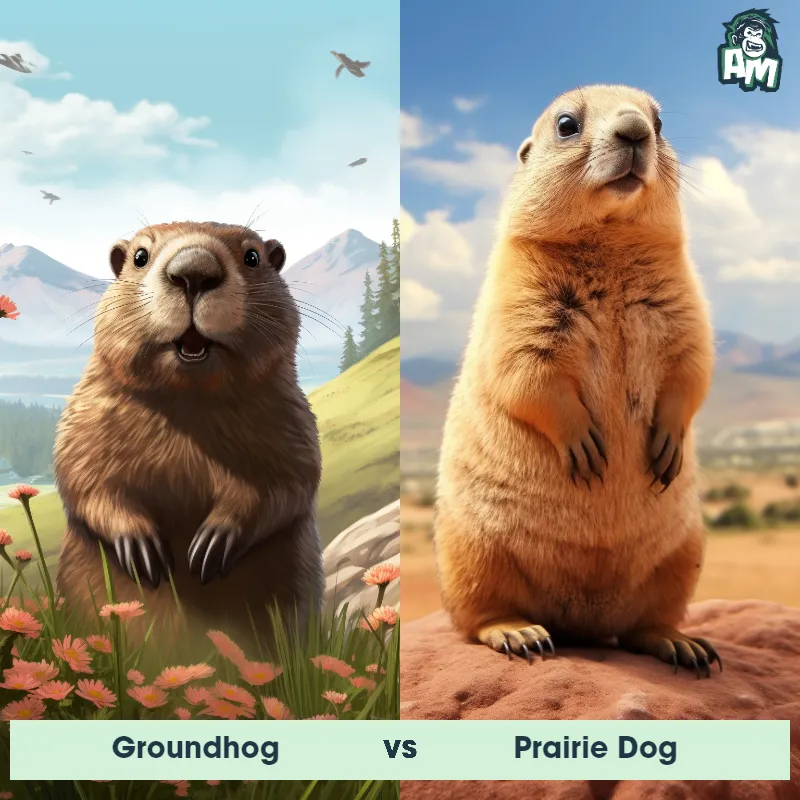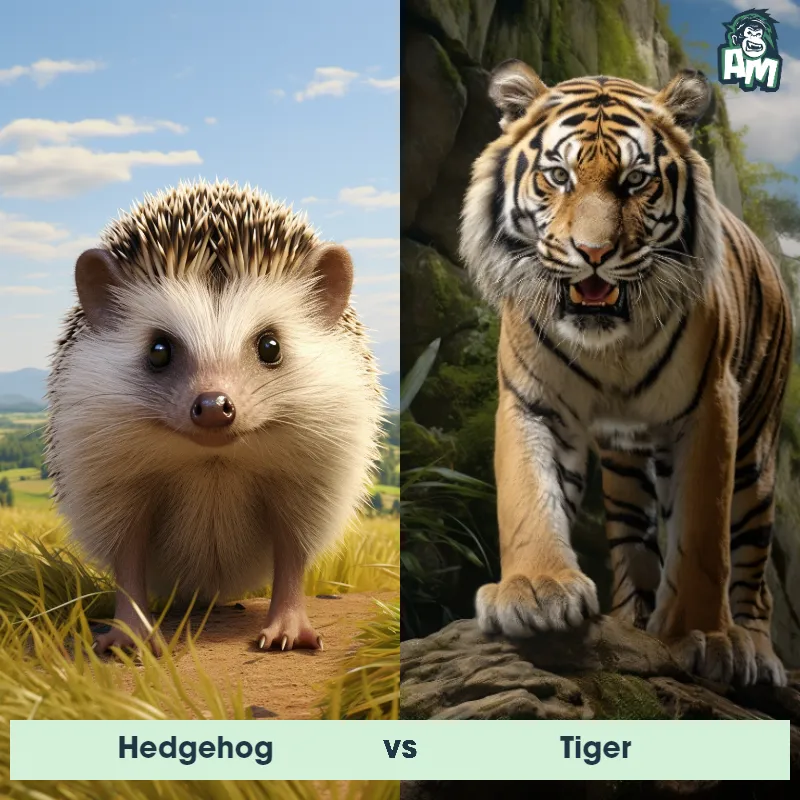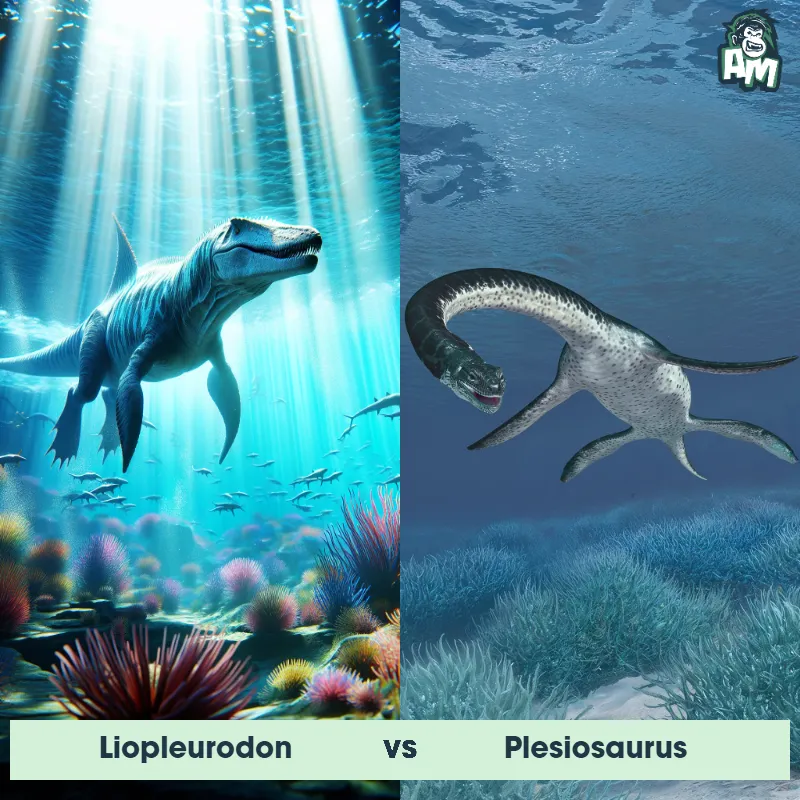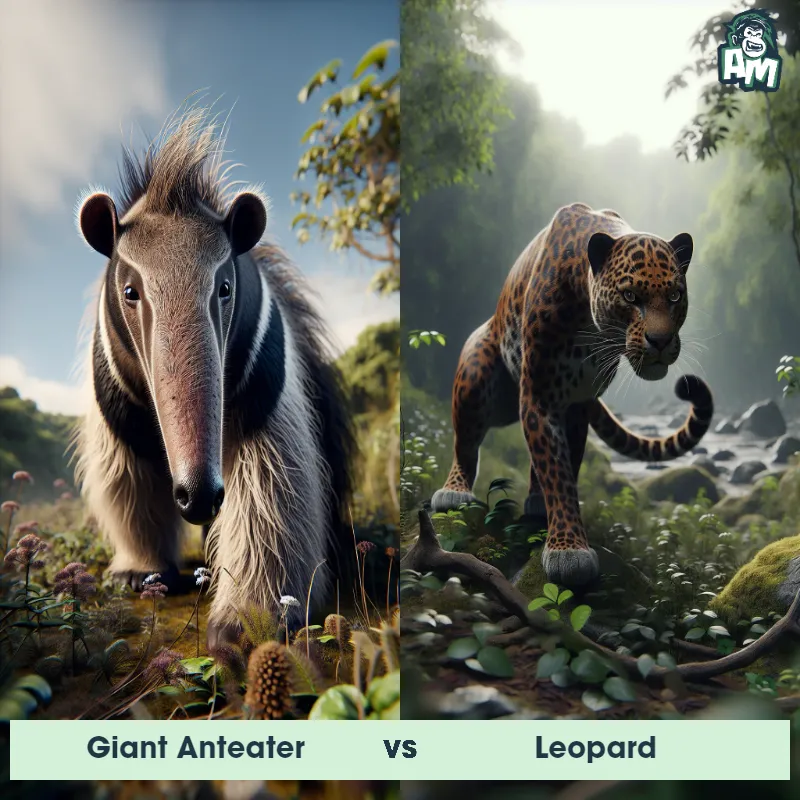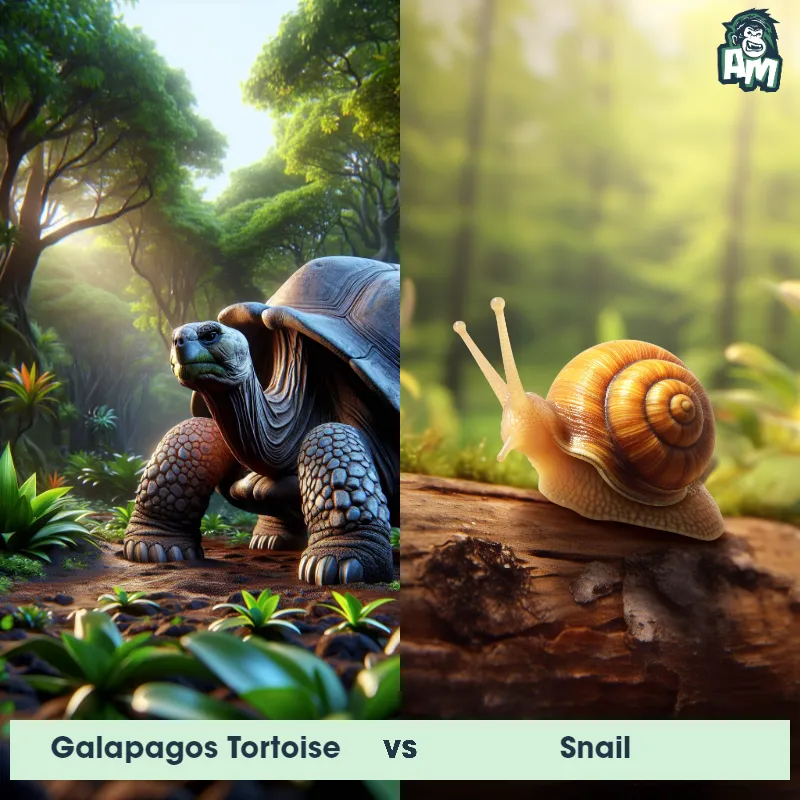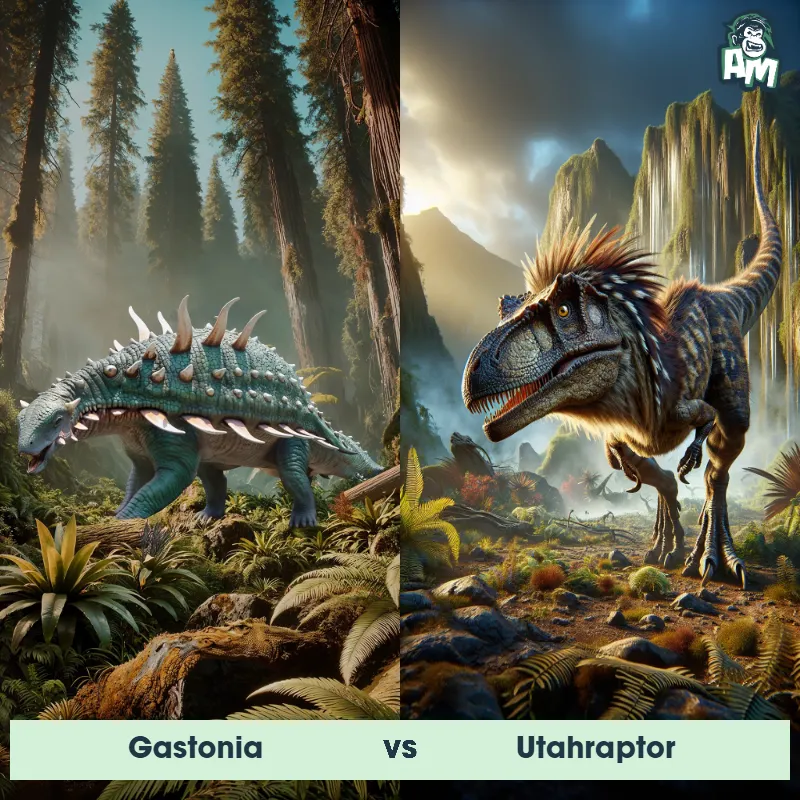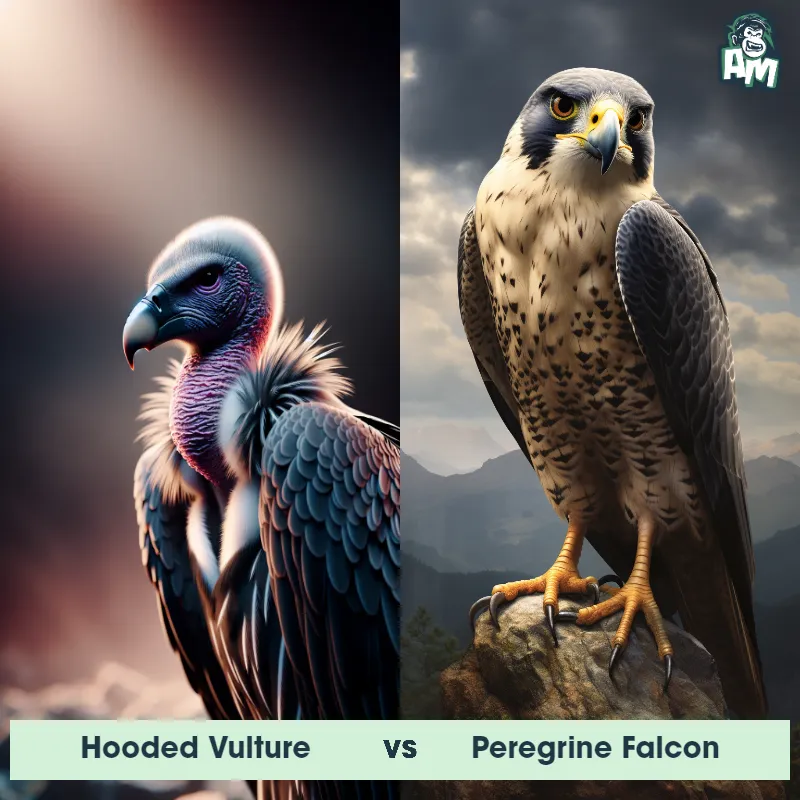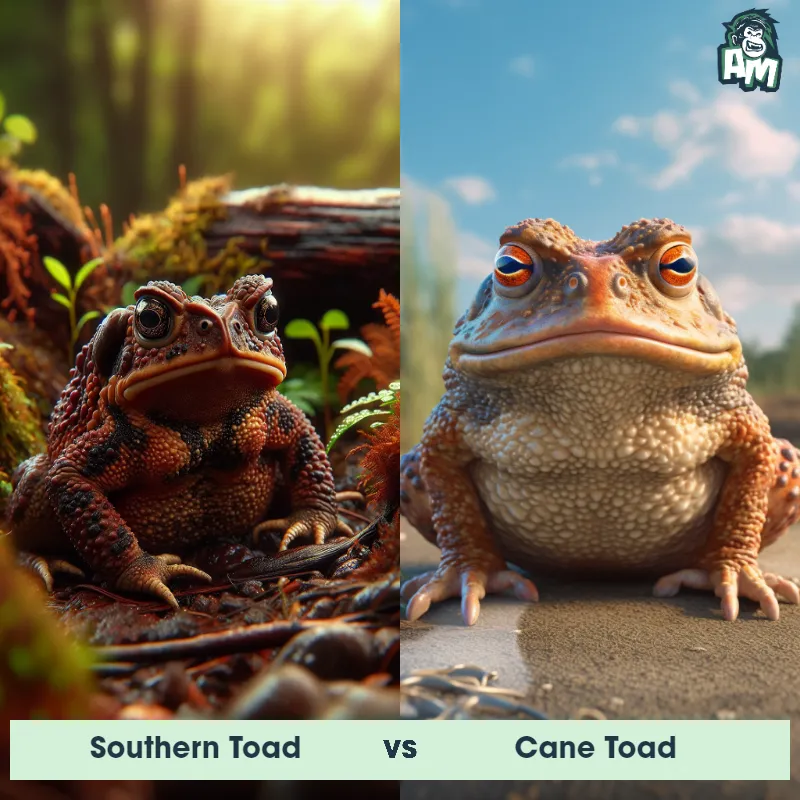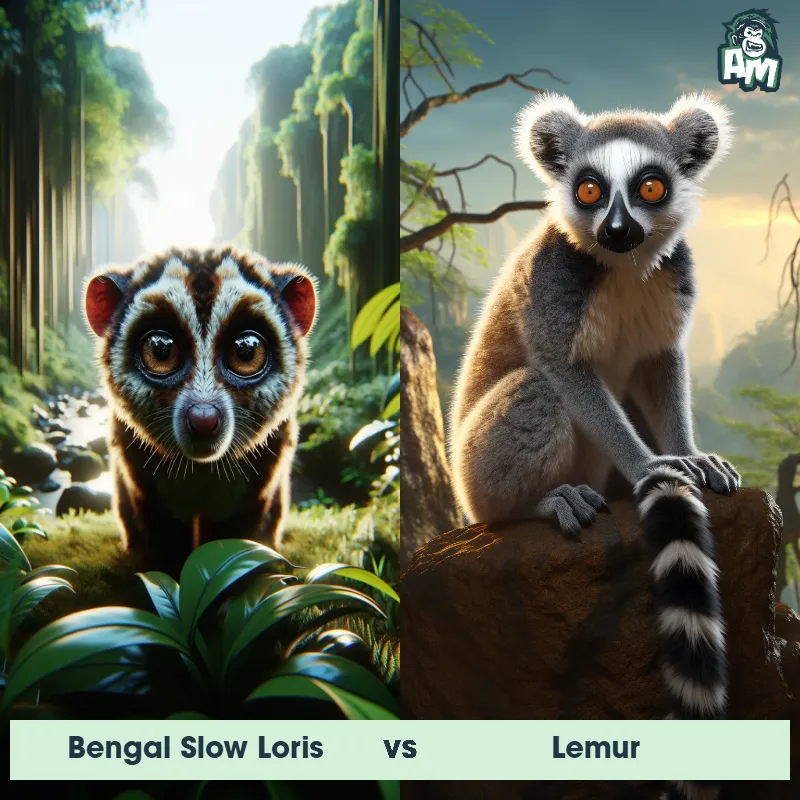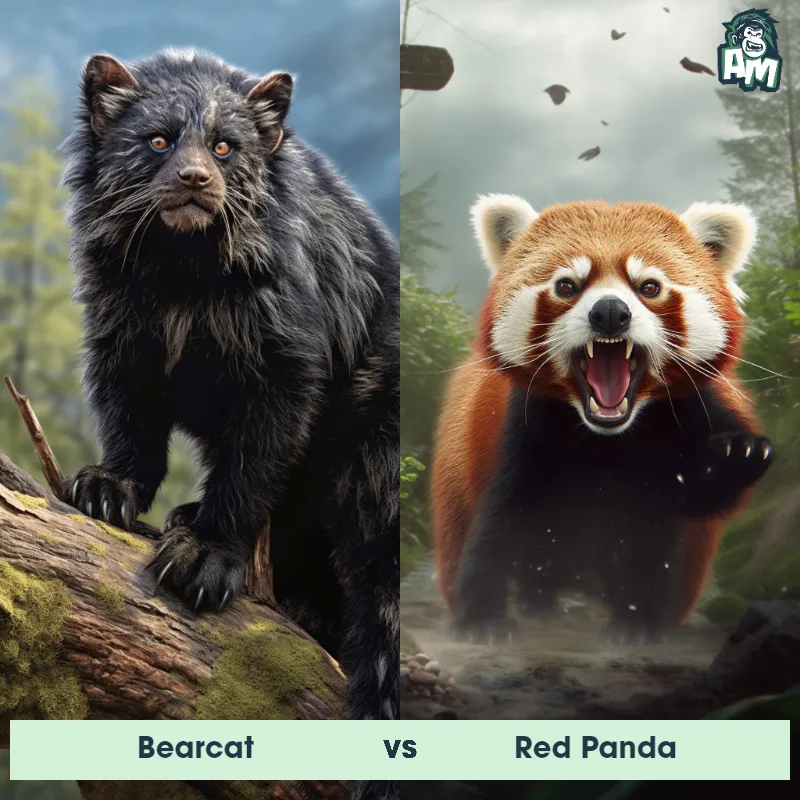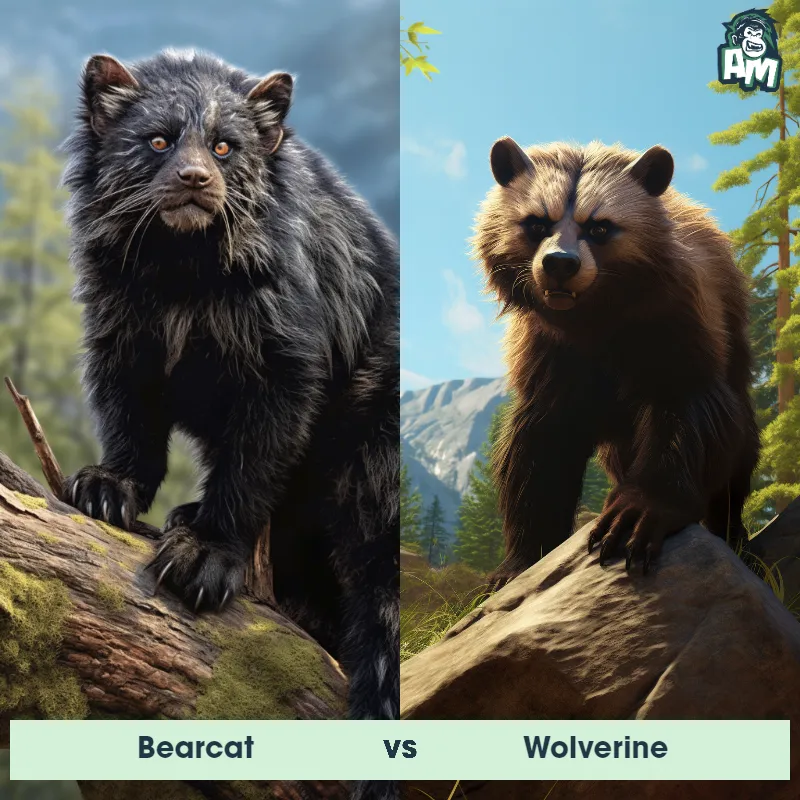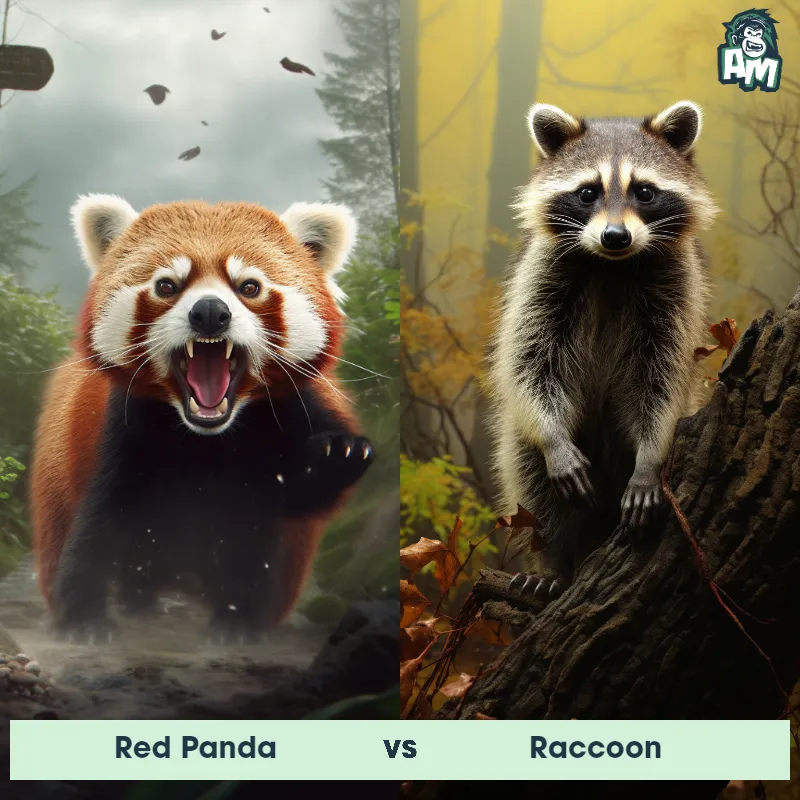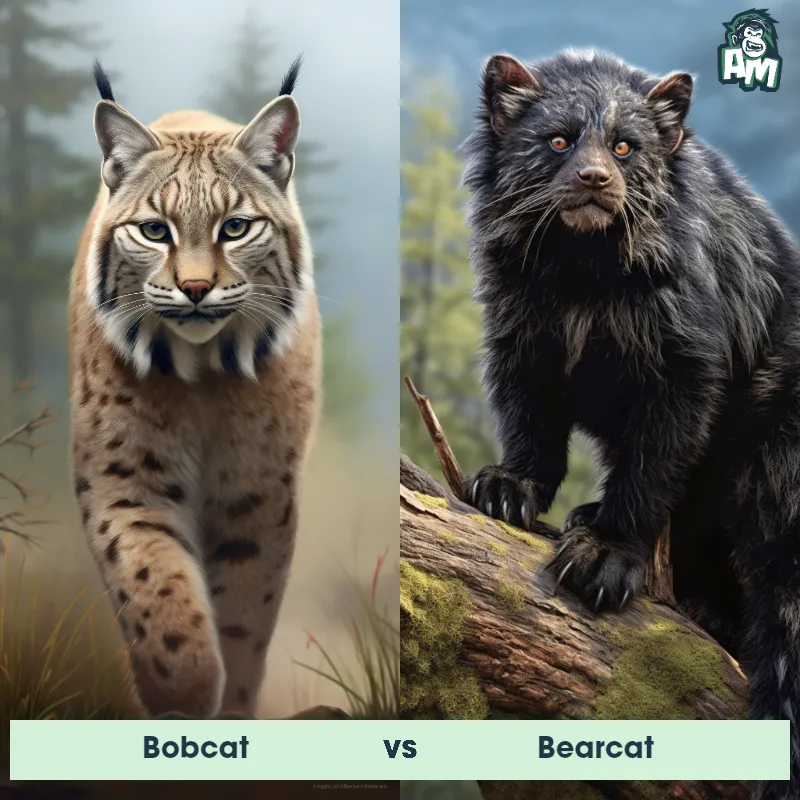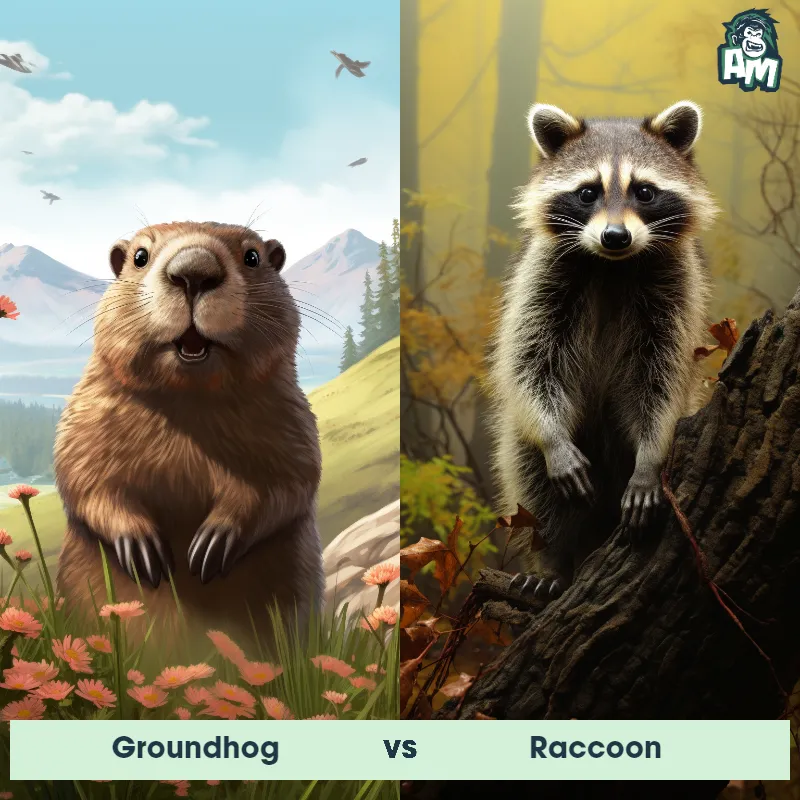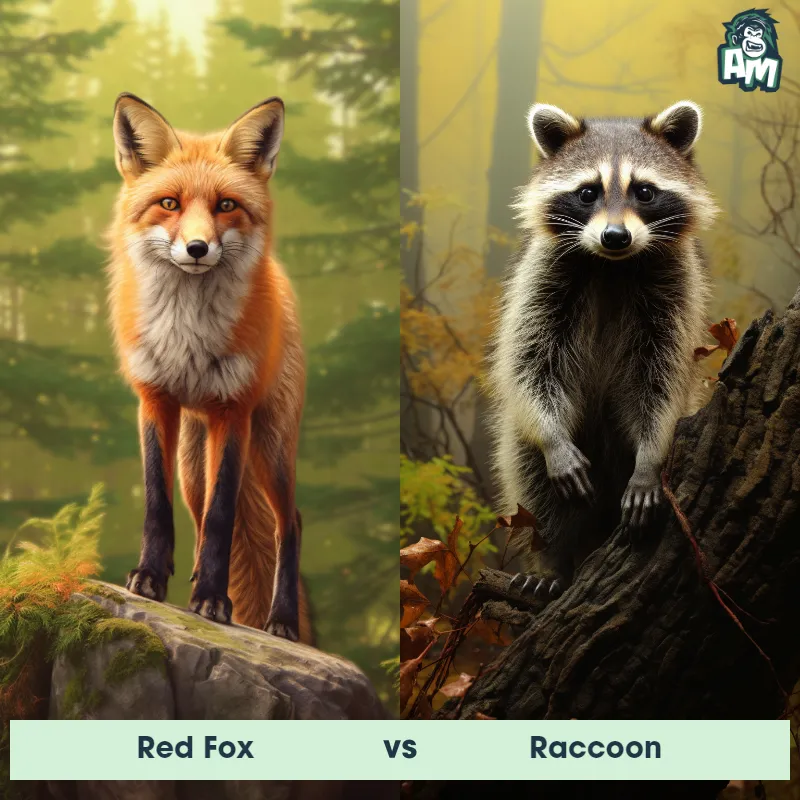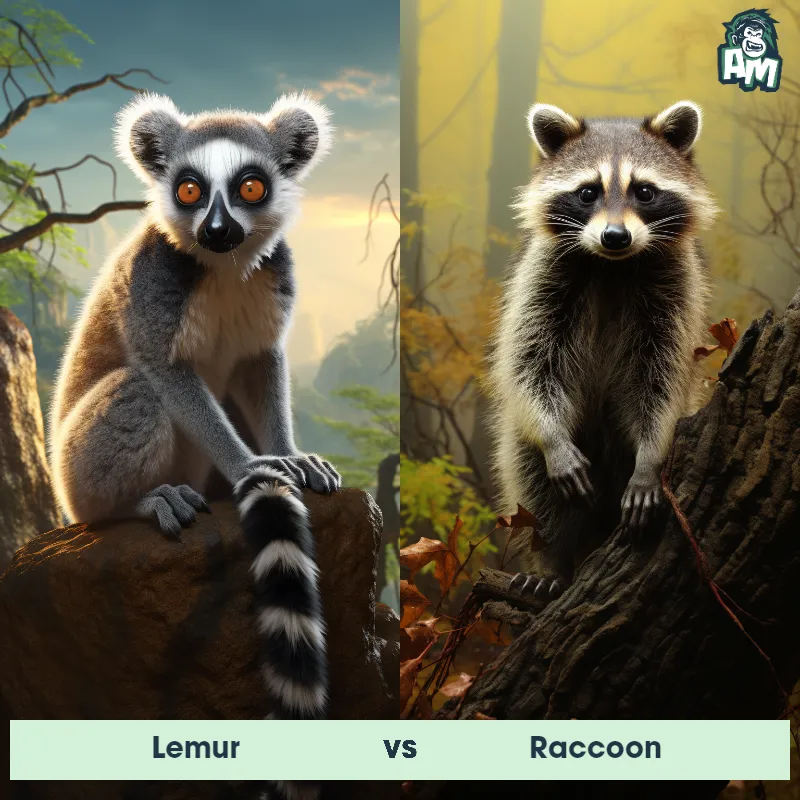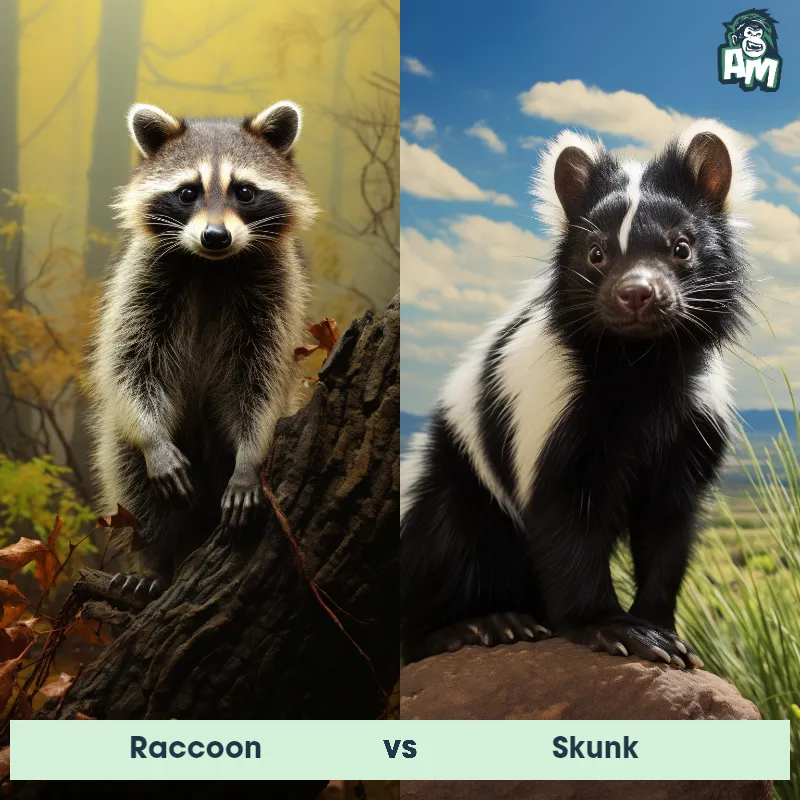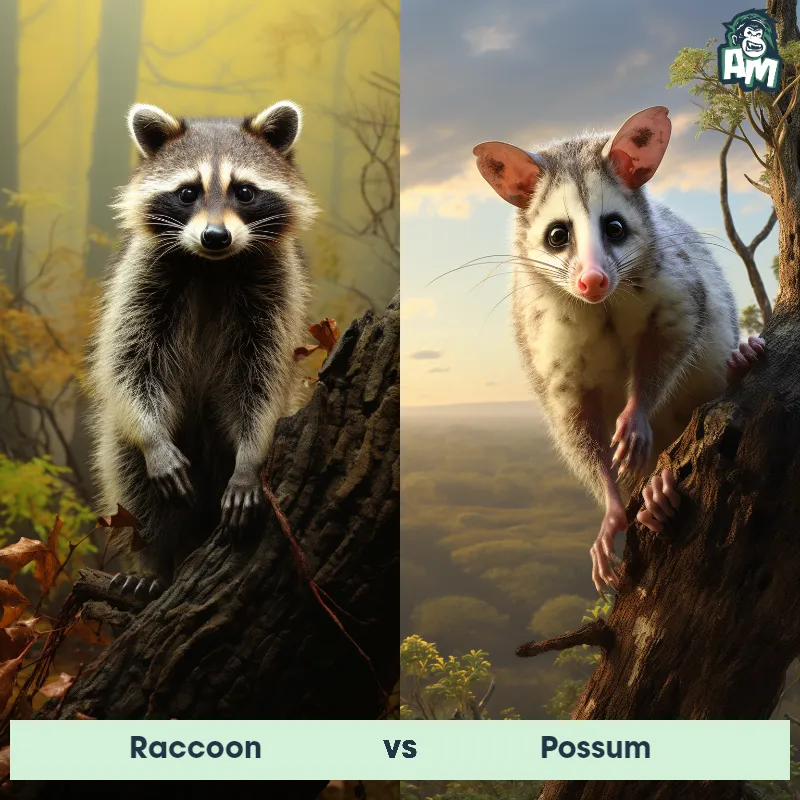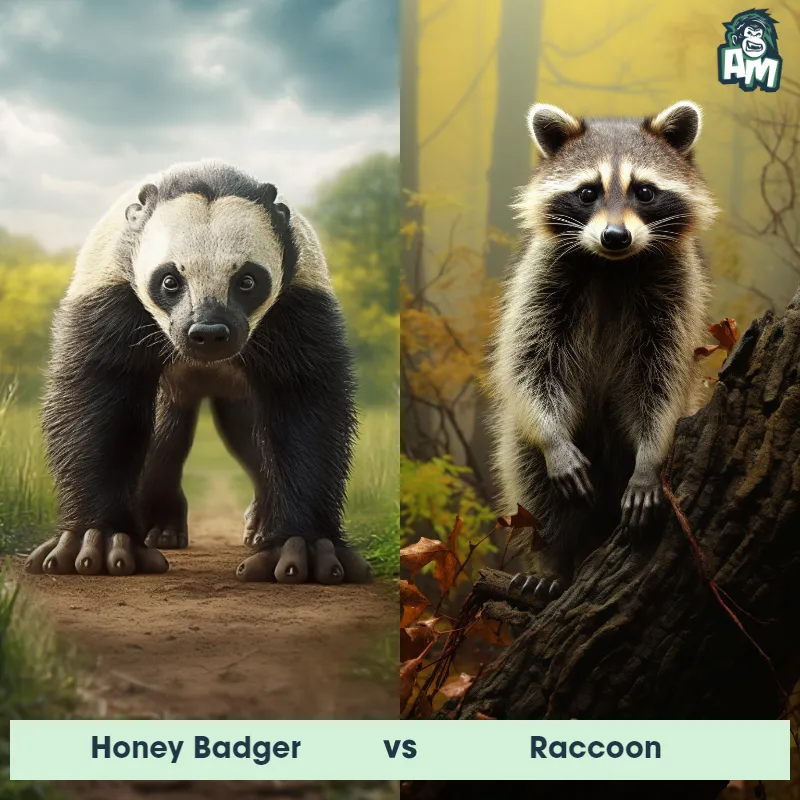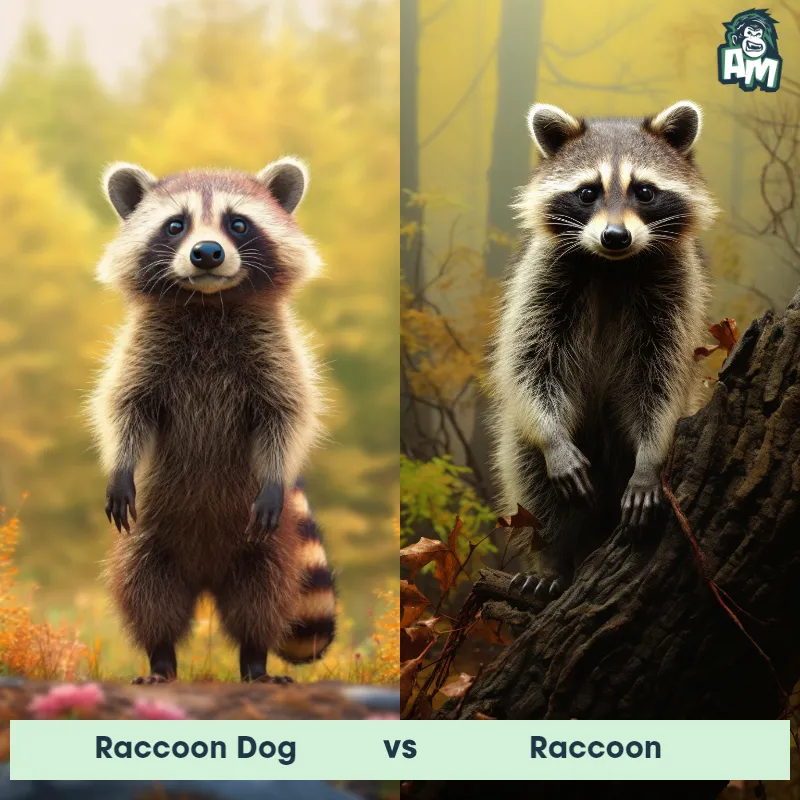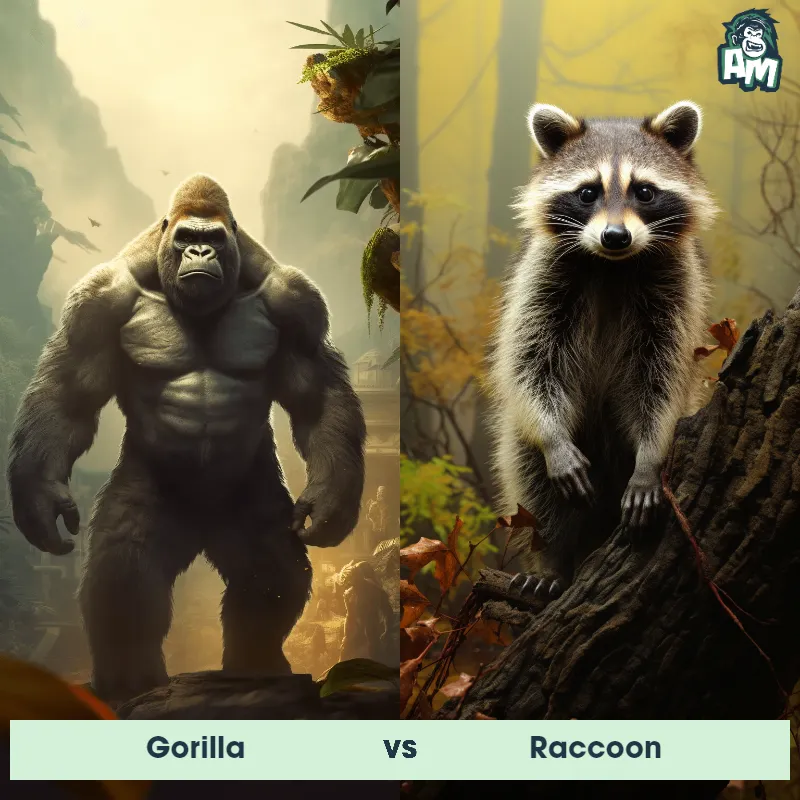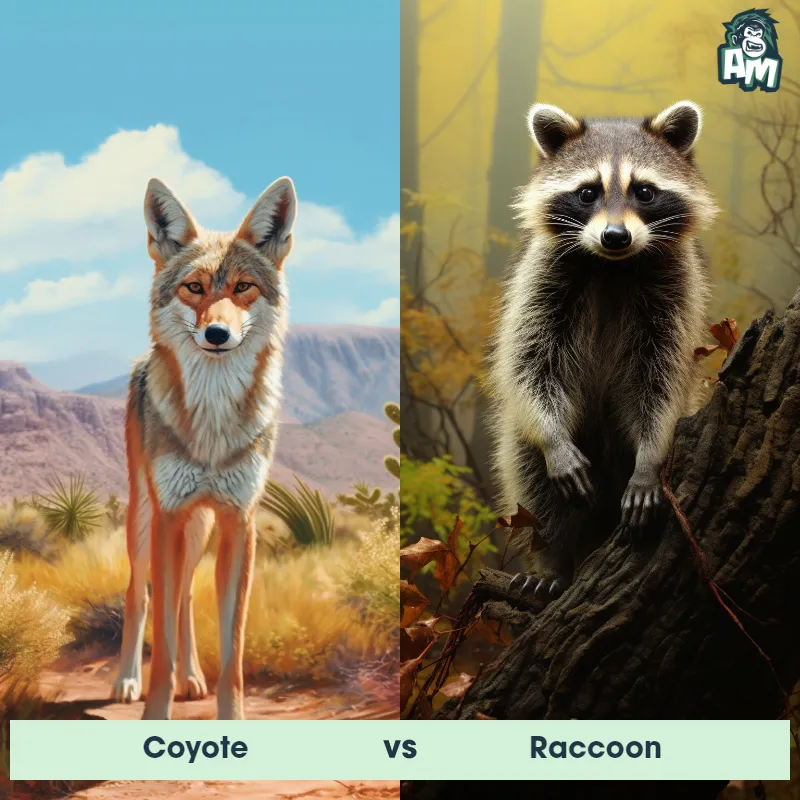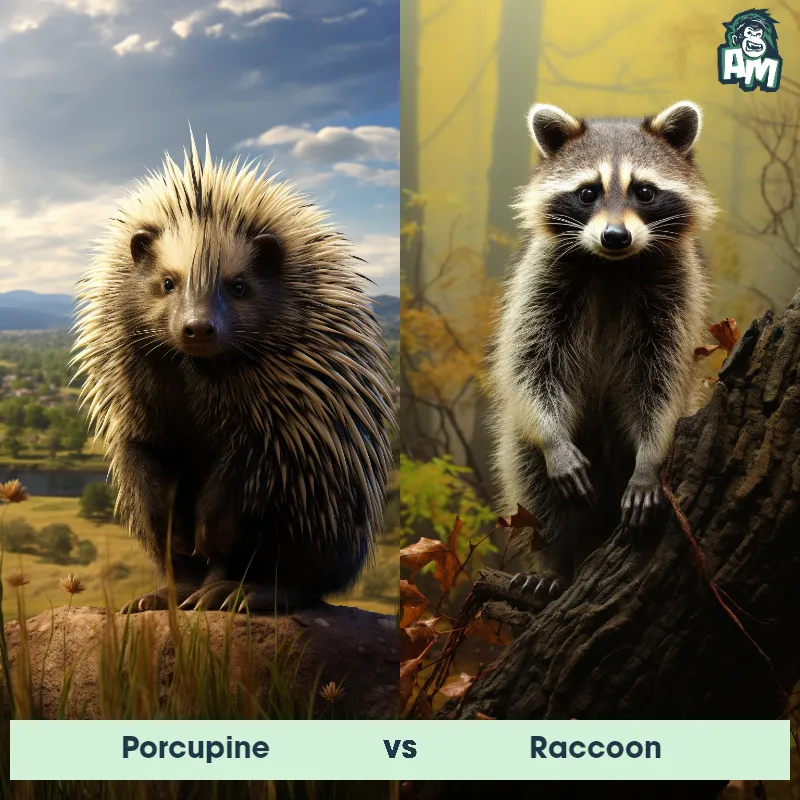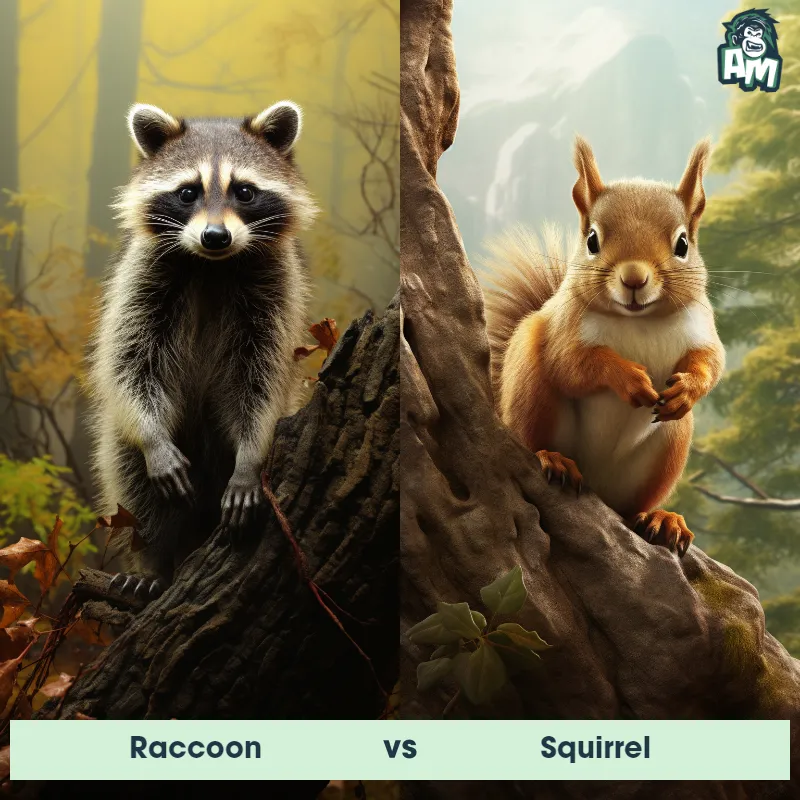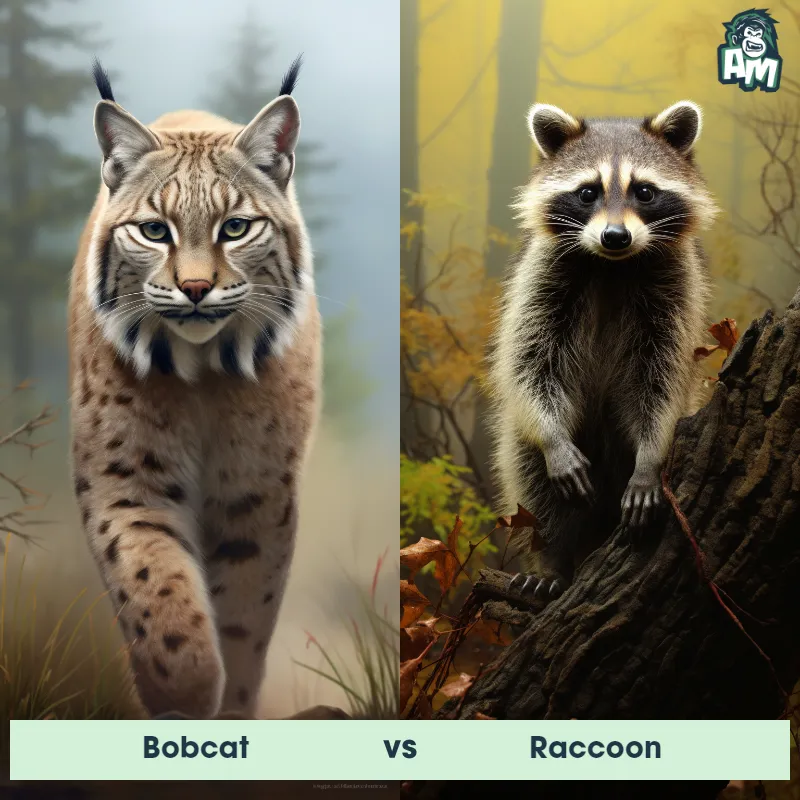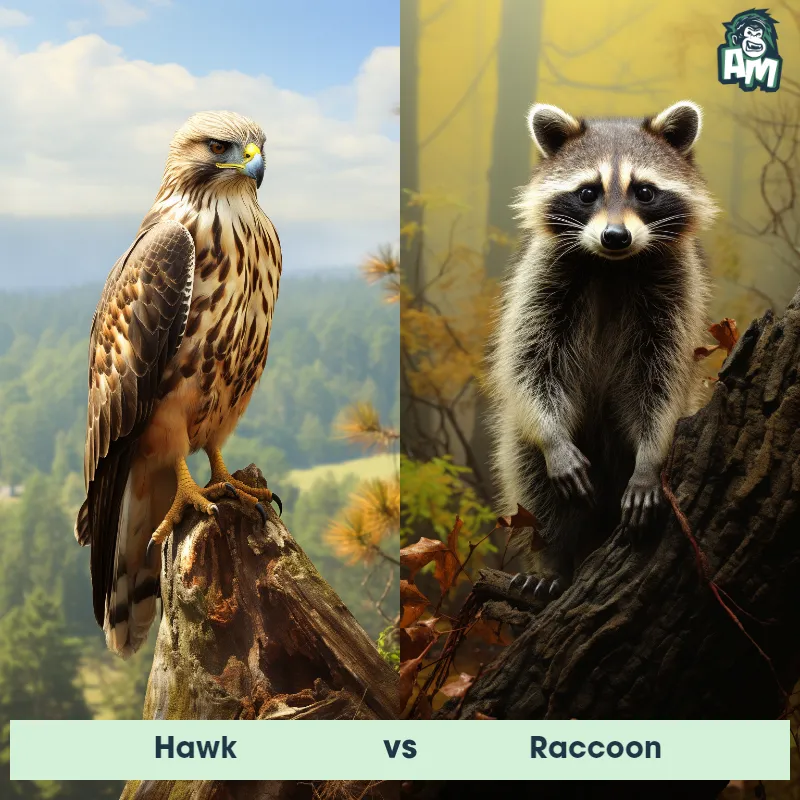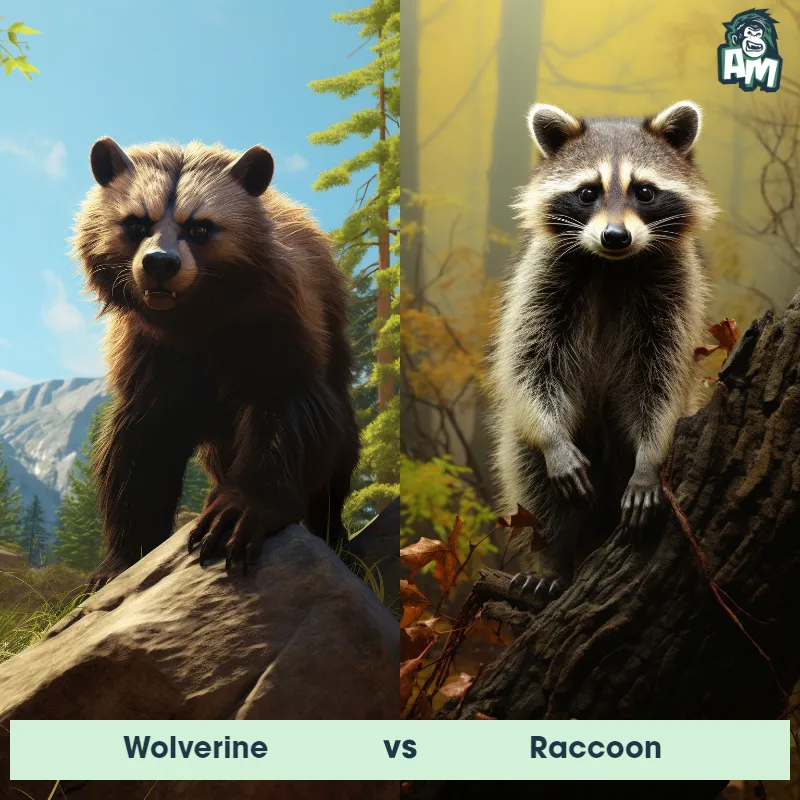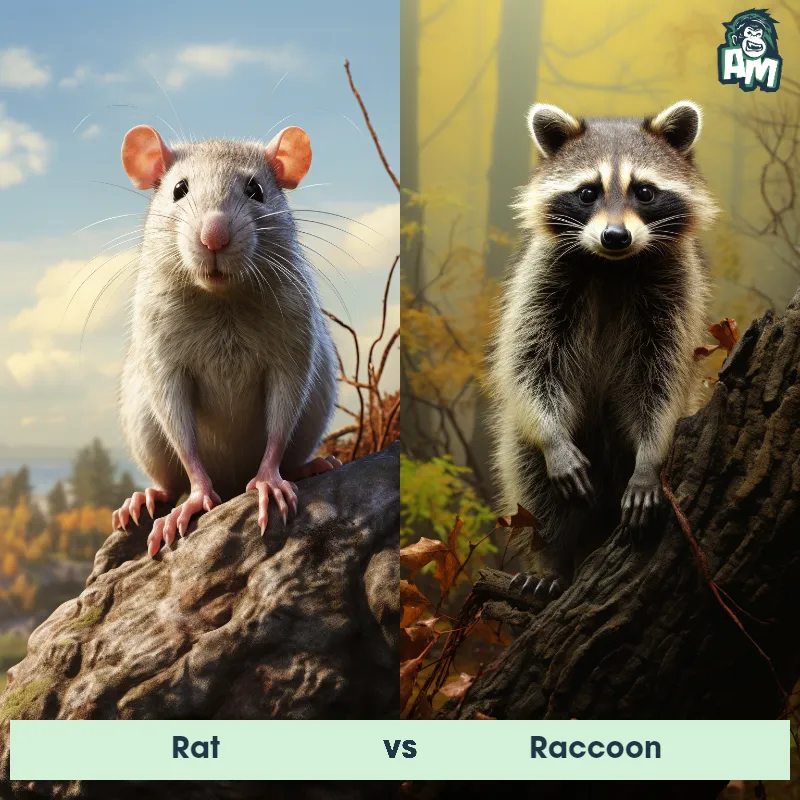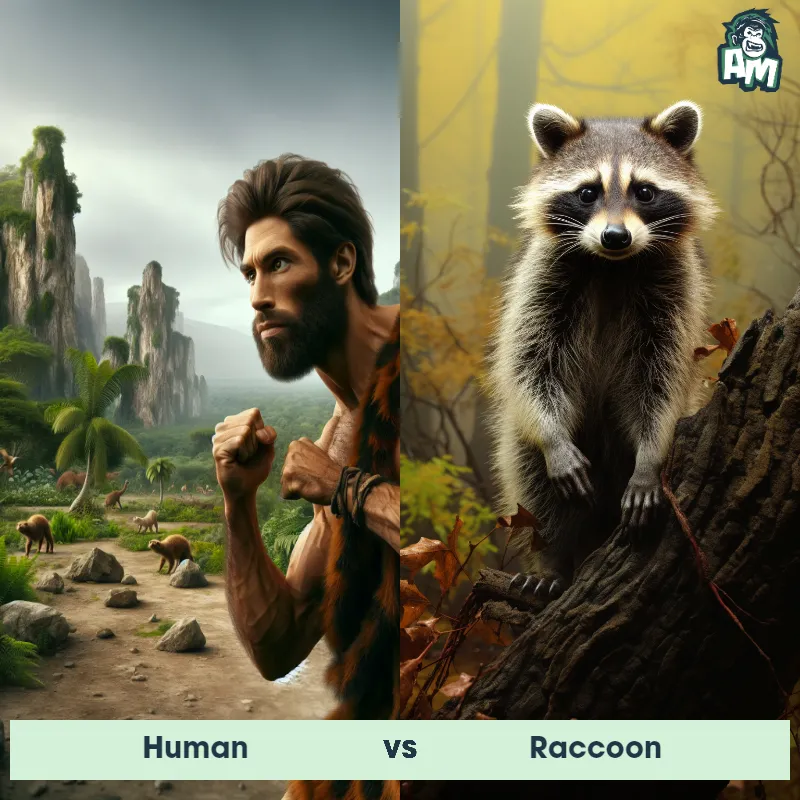Banded Palm Civet vs RaccoonSee Who Wins
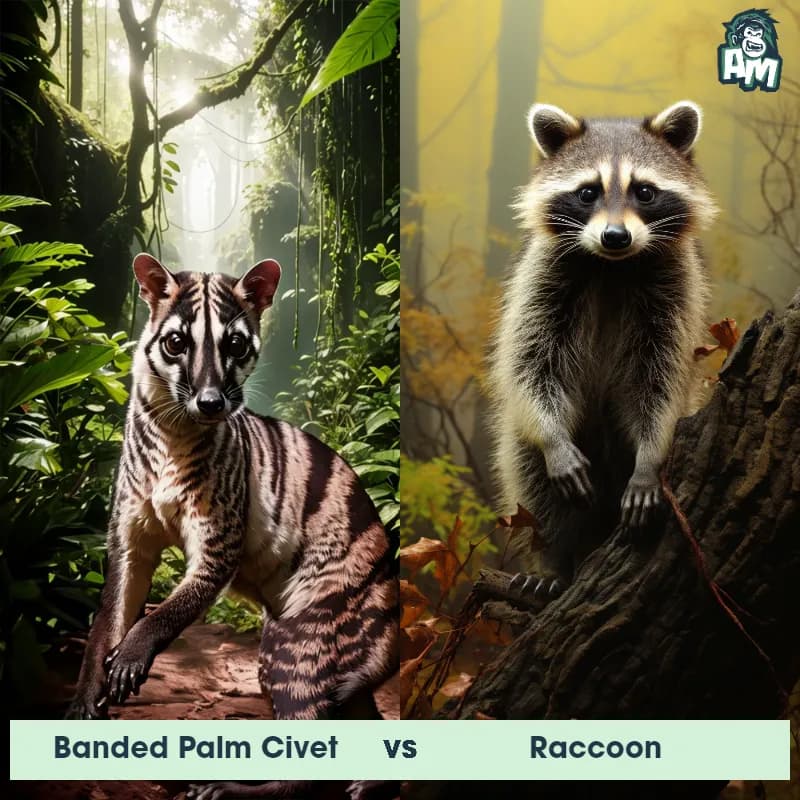
Welcome, ladies and gentlemen, to this intense matchup between the Banded Palm Civet and the Raccoon. Both of these fierce animals are ready to show off their skills and power in this three-round fight.
Contender 1: Banded Palm Civet
The Banded Palm Civet, also known as the Banded Civet, is a small mammal belonging to the family Viverridae. This elusive creature can be found in parts of Southeast Asia, including Malaysia, Sumatra, Borneo, and Thailand. The Banded Palm Civet has a slender body with a length of about 40 to 50 centimeters and a weight ranging from 2 to 4 kilograms. It is characterized by its long, bushy tail, prominent white bands stretching from its shoulders to the base of its tail, and a pointed snout. This nocturnal species primarily inhabits lowland forests and prefers to live in trees, where it is an adept climber. It has sharp claws and a prehensile tail that assists in its arboreal lifestyle. The Banded Palm Civet is an omnivore that feeds on a variety of food, including fruit, nectar, insects, small mammals, and birds. It is primarily solitary and is known for its ability to emit musky odor as a defensive mechanism.
Fun Fact: The Banded Palm Civet possesses a unique adaptation in its dental structure – it does not have lower incisors, instead, it has a large gap known as a diastema between its lower premolars and canines, allowing room for the civet's enlarged canines to protrude even when the mouth is closed.
Contender 2: Raccoon
The Raccoon is a medium-sized mammal native to North America, best known for its distinctive black "mask" over the eyes and bushy, ringed tail. These nocturnal creatures have a stocky build and grayish-brown fur. Raccoons are about 2 to 3 feet long and weigh between 10 to 20 pounds. Known for their dexterity, raccoons have nimble hands that they use for a variety of tasks, including opening trash cans and doors, which leads to their reputation as opportunistic feeders and scavengers.
Fun Fact: Raccoons are noted for their intelligence, with studies showing that they are able to remember the solution to tasks for up to three years.
Matchup Stats
| Banded Palm Civet | Raccoon | |
|---|---|---|
| Size | 40-50 centimeters (15.7-19.7 inches) | 2 to 3 feet long (60 to 90 centimeters) |
| Weight | 2-4 kilograms (4.4-8.8 pounds) | 10 to 20 pounds (4.5 to 9 kilograms) |
| Speed | 14mph (23km/h) | 15mph (24km/h) |
| Key Strength | Sharp claws and agile climber | Dexterity and intelligence |
| Biggest Weakness | Small size and non-aggressive nature | Lack of size and strength compared to larger predators |
Current Votes
Banded Palm Civet vs Raccoon
See Who Wins
View More Matches
Looking For More?
Similar Matches
Scientific Stats
| Banded Palm Civet | Raccoon | |
|---|---|---|
| Scientific Name | Hemigalus derbyanus | Procyon lotor |
| Family | Viverridae | Procyonidae |
| Habitat | Lowland forests | Forests, mountainous areas, coastal marshes, and urban areas |
| Geography | Southeast Asia (Malaysia, Sumatra, Borneo, Thailand) | North America |
| Diet | Omnivore - Fruit, nectar, insects, small mammals, birds | Omnivorous, eating berries, insects, eggs, and small animals, as well as trash and pet food in urban areas |
| Lifespan | 1 years - 2 years | 1.5 years - 3 years |
Key Differences between Banded Palm Civet and Raccoon
- Body shape: The Raccoon has a stocky and robust build with short legs, while the Banded Palm Civet has a slender body with longer legs, making it more agile and adept at climbing trees.
- Size: The Raccoon is significantly larger than the Banded Palm Civet, with adults typically reaching lengths of 24-38 inches and weighing between 8-20 pounds, while the Banded Palm Civet is smaller, measuring around 16-22 inches in length and weighing only 3-7 pounds.
- Conservation status: Although the Raccoon is considered a species of least concern, the Banded Palm Civet is listed as near threatened due to habitat loss, hunting, and the illegal wildlife trade.
- Habitat: Raccoons are commonly found in North and Central America, while Banded Palm Civets are native to Southeast Asia, where they inhabit forests, grasslands, and agricultural areas.
- Behavior: Raccoons are known for their omnivorous diet and opportunistic feeding habits, often raiding garbage cans and foraging for food, whereas Banded Palm Civets primarily feed on fruits, insects, small mammals, and birds.
- Color: The Raccoon has a distinctive black "mask" across its eyes and a bushy striped tail, whereas the Banded Palm Civet has a more uniform brown or grey coloration with prominent dark bands running across its body and tail.



